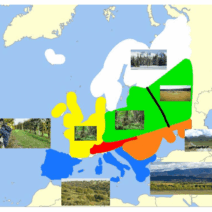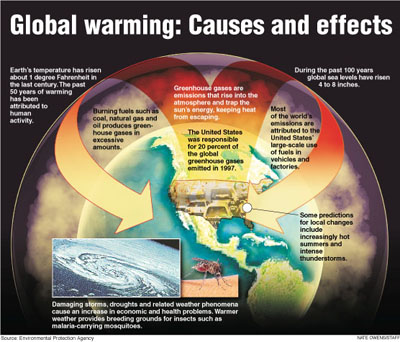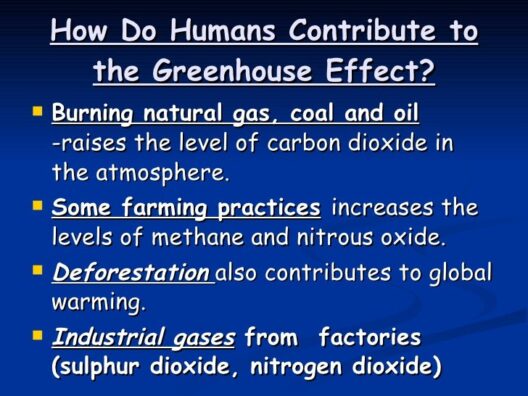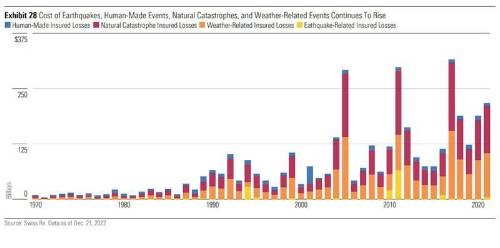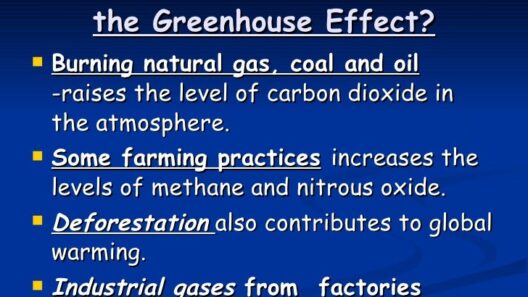Climate change, often encapsulated by the phrase “global warming,” has been a pivotal topic of discussion for decades. The term may evoke images of melting glaciers, rising sea levels, and disrupted ecosystems. Yet, paradoxically, some regions experience colder winters. This apparent contradiction has led to questions about the relationship between global warming and winter temperatures. Understanding this connection necessitates a thorough exploration of atmospheric dynamics, ocean currents, and climatic phenomena.
To commence, it is essential to delineate what global warming truly entails. Global warming refers to the long-term increase in Earth’s average surface temperature due to the accumulation of greenhouse gases in the atmosphere. These gases, primarily carbon dioxide, methane, and nitrous oxide, trap heat from the sun, creating a greenhouse effect. As the planet warms, a myriad of complex interactions occurs within the Earth’s climate system, influencing weather patterns and seasonal temperatures.
One of the most striking effects of global warming is the alteration of polar regions. The Arctic, in particular, has been warming at an alarming rate—approximately twice as fast as the global average. This phenomenon leads to a reduction in sea ice, affecting both local and global weather patterns. When the ice cover diminishes, it disrupts the typical flow of polar air masses, which can have profound implications for winter weather in other parts of the world.
One emerging theory is that a weakened polar vortex, a large area of low pressure and cold air surrounding the poles, is a consequence of this warming. The polar vortex is typically a stable, swirling mass of cold air that confines wintertime chill to the polar regions. However, as Arctic air warms, the polar vortex can become destabilized, leading to an influx of frigid air extending southward into temperate regions. This can result in unusually cold temperatures during winter months even as overall global temperatures rise.
Moreover, the relationship between global warming and winter temperatures can also be explicated through the concept of atmospheric rivers. These are long, narrow bands of moisture in the atmosphere that transport water vapor from the tropics. As temperatures rise, these atmospheric rivers can become more intense, leading to significant precipitation events even in colder seasons. This means that while some regions may experience colder temperatures, they might also be subjected to heavier snowfall or increased winter storms—conditions that can be erroneously interpreted as a counterargument to global warming.
Additionally, the geographic variability of climate change plays a critical role in determining local weather phenomena. Some areas may indeed experience colder winters while others witness milder conditions. The juxtaposition of these extreme weather patterns can be attributed to microclimates and the intricate interactions between land, ocean, and atmosphere. In this context, local variations in climate can mislead the public into believing that global warming is not a pressing issue, even as scientific evidence continues to underscore its inevitability.
Furthermore, the social and political ramifications of colder winters in the context of global warming cannot be overlooked. Public perceptions of climate change often hinge on immediate experiences with weather. Colder winters may lead some individuals and policymakers to dismiss the urgency of climate action, perceiving these fluctuations as evidence that global warming is unfounded. This misinterpretation hampers meaningful dialogue regarding environmental policies, conservation efforts, and the necessity for sustainable practices.
Understanding the linkage between global warming and fluctuating winter temperatures necessitates a paradigm shift in how climate variation is perceived. It compels society to acknowledge that warming is multifaceted—encapsulating both hotter summers and unpredictable winter extremes. As climatic models advance, they suggest that such oscillations may become more frequent as atmospheric conditions continue to evolve under the influence of anthropogenic climate change.
It is incumbent upon scientists and educators to effectively communicate these complexities to the public. Whether through community workshops, educational programs, or digital media, the dissemination of accurate information can enhance public comprehension of climate issues. Astutely highlighting the intricacies of climate science can foster an informed citizenry that understands the dire implications of climate inaction and the need for immediate intervention.
In conclusion, the question of whether global warming is causing colder winters presents a fascinating paradox rooted in the complexities of our planet’s climate system. The interplay between rising global temperatures, polar dynamics, and localized weather patterns unveils a convoluted narrative where warmer conditions can paradoxically coincide with severe winter weather events. As society grapples with these realities, it is vital to advocate for responsible action towards climate change, emphasizing the necessity for a robust understanding of our climate’s multifaceted nature. Climate resilience must be cultivated through education, systemic change, and a collective urgency toward environmental preservation, all while navigating the intricacies of temperature variation amidst a warming world.
